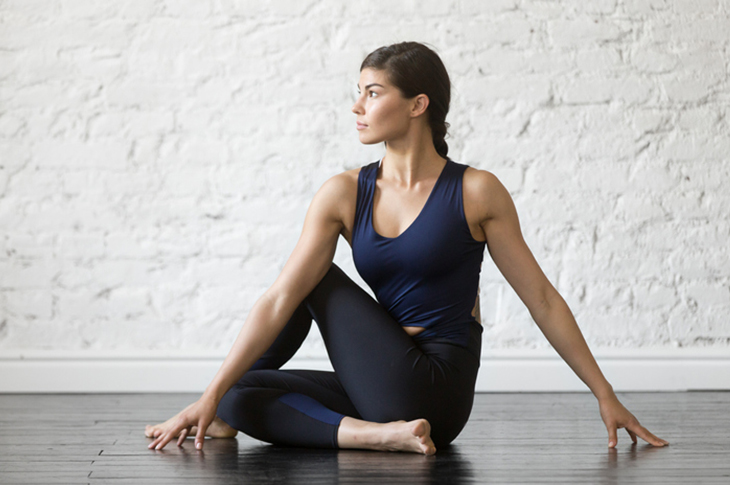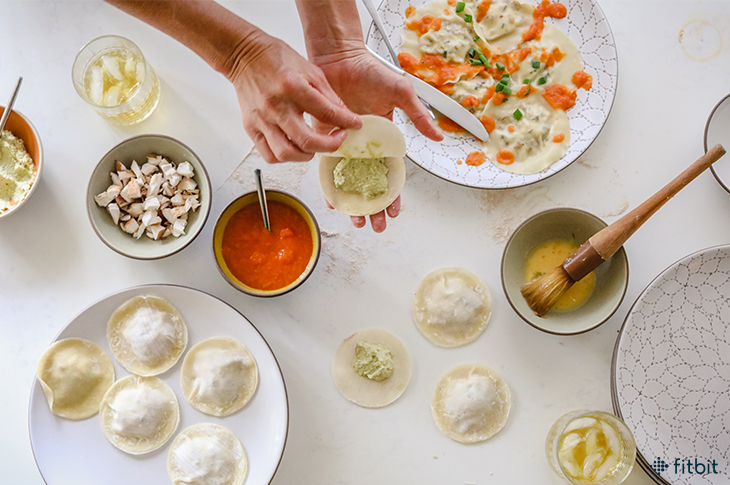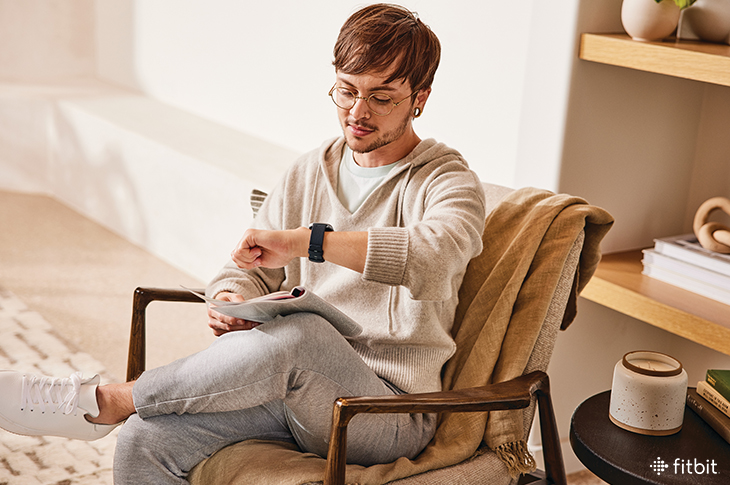When it comes to living longer, “weekend warriors” may be onto something, according to a new study. When researchers reviewed the physical activity patterns of more than 350,000 people, they found that those who worked out once or twice a week had the same reduced risk of early death from illnesses, like heart disease and cancer, as people who exercised more often.
If that seems counterintuitive, consider this: “The total amount of time expended seems to be more important than when the exercise is done,” says Edward Giovannucci, MD, a professor of nutrition and epidemiology at the Harvard T.H. Chan School of Public Health and a co-author of the study. “For example, doing one-and-a-half hours on each weekend day, for a total of three hours overall, is about as good as doing a half-hour on six days.”
Whether you’re a weekend warrior—or want to become one—here’s what you need to know about weekend-only exercise.
Weekends might be better for your schedule. If you struggle to work out during the week, you’re hardly alone. Only 24 percent of us actually meet physical activity recommendations, according to the CDC. It’s understandable. Life is hectic. Between work, home, family, and having a social life, it can be hard to hit the gym or the track most weekdays. But what if you could play catch up on the weekend with, say, a Saturday afternoon hike and a long bike ride Sunday morning? Then, you could easily reach the weekly 150 minutes of moderate (or 75 minutes of vigorous) aerobic exercise that health experts recommend.
Exercise isn’t just about longevity. While weekend workouts might help you live longer, they may not provide some of the other perks of more frequent activity. Take emotional wellbeing, for example. “Mentally, many people find exercise to be a form of stress management,” says Christopher Gagliardi, MS, CPT, scientific education content manager for the American Council on Exercise. So, if you trade your regular post-work jogs for a couple of longer runs on the weekend, you might lose that daily mood boost.
Regular activity does lots of other good things for your body that aren’t as obvious, says Gagliardi. Whether it’s a leisurely walk or a hardcore spin class, exercising can help lower your blood pressure and resting heart rate. And because your muscles rely on glucose for fuel, frequent workouts also help maintain healthy blood sugar levels.
Then there’s fitness. Depending on your goals, weekend workouts might not always be practical. “If you can devote two hours per week for exercise, it’s okay if that’s over the weekend or spread out during the week,” says Giovannucci. “But if you want to do more, say seven hours a week, it may not be advisable or feasible to do it all in one or two days.” On the flip side, if you’re just starting out, spending several hours at the gym or on the trail could be more than your body is ready for.
No matter what your fitness level is, injury is also a real concern. “The longer the bout of exercise, the more repetition there is without recovery, which may increase your risk of developing an injury,” says Gagliardi. “So, know your limits and pay attention to the way you are feeling.”
Are weekend workouts right for you? “Our results should not be interpreted as indicating that being a weekend warrior is optimal,” says Giovannucci. “I still believe it’s better to do more on more days, if possible, but the key message is that almost anything is better than nothing.” So, if a couple of weekend runs, hikes, or bike rides work for you, go for it. But if you can also squeeze in a few shorter sessions during the week, even better.
The post The Surprising Truth About Weekend Warriors appeared first on Fitbit Blog.










